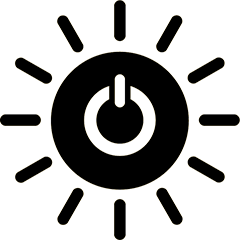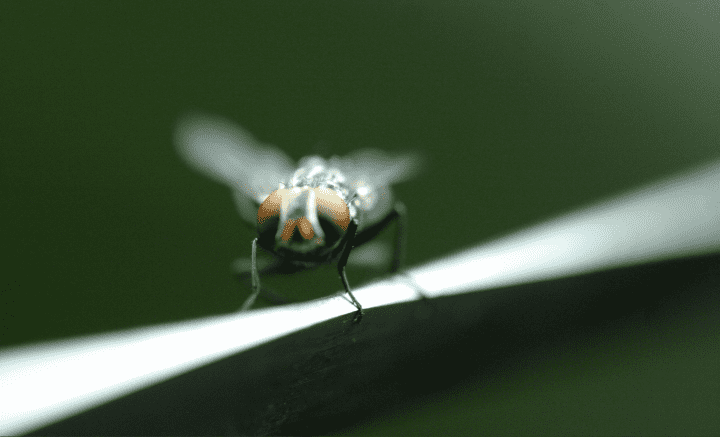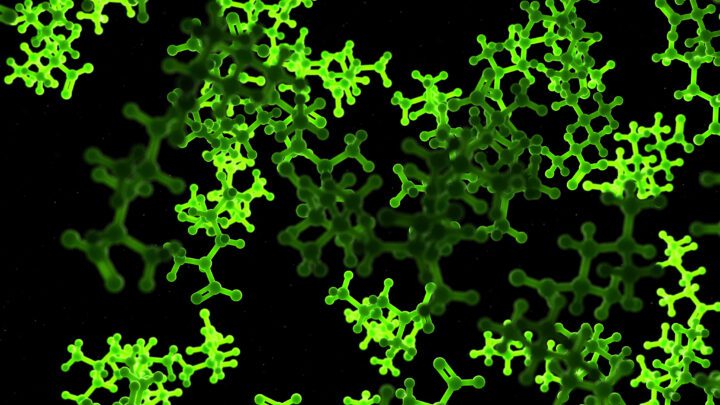Solar cells from Stanford have a honeycomb of perovskite microcells that protect the device from large mechanical forces.
Benefits
- Efficient
- Fracture-resistant
Applications
- Energy generation
UN Sustainable Development Goals Addressed
-

Goal 7: Affordable & Clean Energy
-

Goal 13: Climate Action
The Challenge
As greenhouse gas emissions from fossil fuels continue to exacerbate the climate crisis, the transition to renewable energy will be essential in limiting global warming and mitigating the impacts of climate change. Solar energy is one of the most promising forms of renewable energy available, but improving the efficiency and durability of solar technology remains a concern. Many solar panels contain perovskite, an alternative semiconductor to silicon, known for its low cost and high efficiency. However, perovskite solar cells are mechanically fragile, susceptible to damage from exposure to heat, moisture, and mechanical stress.
Innovation Details
A compound solar cell, or CSC, is made up of hexagon-shaped perovskite microcells arranged in a honeycomb pattern. Each microcell is just half a millimeter (0.02 inches) wide, and is surrounded by an internal scaffold. The internal scaffold mechanically reinforces the cell and protects the perovskite from deterioration, making compound solar cells more resilient than typical solar cells in resisting heat, moisture, and mechanical stresses. The operational lifetimes of perovskite solar cells may be significantly extended with the use of this compound design.
Biomimicry Story
Some insects, such as flies, have compound eyes: curved arrays of microscopic lenses. Each lens in the eye captures an image, which the brain combines to perceive a full picture. The individual lenses are very fragile, but each one is protected by a hexagonal scaffold surrounding it, which effectively shields the lens. Moreover, this design ensures that even if one segment fails, the others continue to operate. Like compound eyes, compound solar cells are sensitive and resilient.






